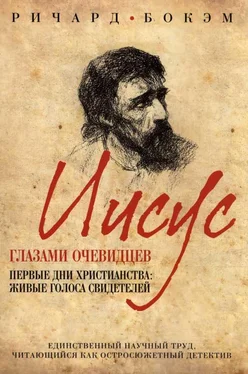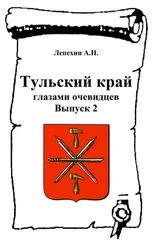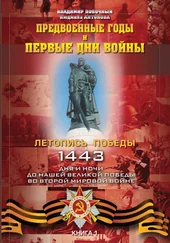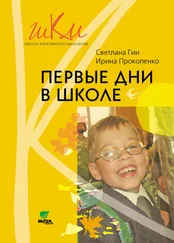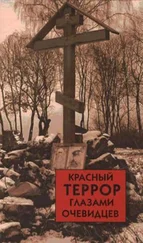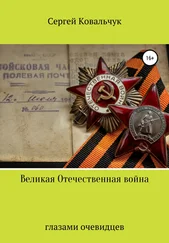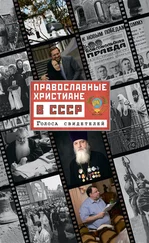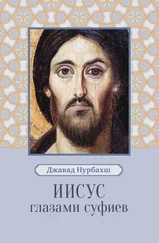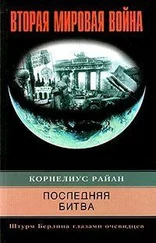Byrskog, Story as History, 119–223.
Byrskog, Story as History, 214.
Cm. Byrskog, Story as History, 254–265.
Например, F. С. Burkitt, The Gospel History and Its Transmission (Edinburgh: Clark, 1911) 247–250; A. E. Garvie, The Beloved Disciple (London: Hodder and Stoughton, 1922) 202–204; J.N.Sanders, The Fourth Gospel in the Early Church (Cambridge: Cambridge University Press, 1943) 43–45; P.Parker, "John the son of Zebedee and the Fourth Gospel," JBL 81 (1962) 35–43; O.Cullmann, The Johannine Circle (tr. J.Bowden; London: SCM, 1976) 63–85; R.E.Brown, The Community of the Beloved Disciple [London: Chapman, 1979) 31–34 (изменение позиции по сравнению с комментарием Брауна: The Gospel According to John 1–Xll (AB 29A; New York: Doubleday, 1966) xcii–xcviii]; R. Schnackenburg, The Gospel according to St John, vol. 3 (tr. K.Smyth; New York: Crossroad, 1982) 375–388 [также изменение прежней точки зрения: The Gospel according to St. John, vol. 1 (tr. K.Smyth; London: Burns and Oates, 1968) chapter 5]; D.E.H.Whiteley, "Was John Written by a Sadducee?" in W. Haase, ed., Aufstieg und Niedergang der Rômischen Welt II.25.3 (Berlin: de Gruyter, 1985) 2481–2505; G. R. Beasley–Murray, John (WBC 36; Waco: Word, 1987) lxx–lxxv; M. Hengel, The Johannine Question (tr. J. Bowden; London: SCM, 1989) 76–80; idem, Die johanneische Frage (WUNT 67; Tübingen: Mohr, 1993) 210–219; J.W. Pryor, John: Evangelist of the Covenant People (London: Darton, Longman and Todd, 1992) 3; J.A.Grassi, The Secret Identity of the Beloved Disciple (New York: Paulist, 1992); R.A.Culpepper, John the Son of Zebedee: The Life of a Legend (Columbia: University of South Carolina Press, 1994) 84–85; B. Witherington, John 's Wisdom (Louisville: Westminster John
Knox, 1995) 14–15. Так же считают и те, кто отождествляет Любимого Ученика с Лазарем: см. обзор трудов этих ученых у: J. Н. Charlesworth, The Beloved Disciple: Whose Witness Validates the Gospel of John* (Valley Forge: Trinity, 1995) 185–192.
Например, J. A. T. Robinson, The Priority of John (ed. J. F. Coakley; London: SCM, 1985) 93–122; D.A.Carson, The Gospel according to John (Grand Rapids: Eerdmans, 1991) 68–81; H. N. Ridderbos, The Gospel of John: A Theological Commentary (tr. J.Vriend; Grand Rapids: Eerdmans, 1997) 672–683 (он считает, что Иоанн, сын Зеведеев, в Евангелии сознательно скрыл свою личность); A.J. Kôstenberger, Encountering John (Grand Rapids: Baker, 1999) 22–25; C. L. Blomberg, The Historical Reliability of Johns Gospel (Downers Grove: InterVarsity, 2001) 22–41; CS. Keener, The Gospel of John, vol. 1 (Peabody: Hendrickson, 2003) 82–104; С. G. Kruse, John (Tyndale New Testament Commentaries; Grand Rapids: Eerdmans, 2003) 24–30. Среди более старых трудов стоит обратить внимание на: B.F.Westcott, The Gospel according to St. John (London: Murray, 1889) v–xxxiv; см. также E.Abbot, A. P. Peabody, and J. B. Lightfoot, The Fourth Gospel: Evidences External and Internal of Its Johannine Authorship (London: Hodder and Stoughton, 1892); W.Sanday, The Criticism of the Fourth Gospel (Oxford: Clarendon, 1905); H. P.V.Nunn, The Son of Zebedee and the Fourth Gospel (London: SPCK, 1927).
Иногда Любимого Ученика отождествляют и с другими членами Двенадцати. Чарльзворт в своем «Любимом Ученике» подробно отстаивает ту точку зрения, что Любимый Ученик может быть Фомой, Андреем, Филиппом, Иудой, братом Иисусовым (который также рассматривается им как один из Двенадцати), и даже предлагает на эту роль Иуду Искариота: см. Charlesworth, The Beloved Disciple, 179–181, 196–197, 170–179.
См. Charlesworth, The Beloved Disciple, 185–192.
Charlesworth, The Beloved Disciple, главы 4–10. Аргументы Чарльзворта, а также предположение Мартина Хенгеля о том, что Любимый Ученик — это Старец Иоанн, подробно разобраны в: R.Tasmuth, The Disciple with Many Faces: Martin Hengel`s and James H. Charlesworth''s Theories Concerning the Beloved Disciple (диссертация, University of Helsinki, 2004). Критику аргументов Чарльзворта см. также у: Blomberg, The Historical Reliability, 36–37
Самая недавняя работа на эту тему — D. Catchpole, "The Beloved Disciple and Nathanael," in C.Rowland and C.Fletcher–Louis, eds., Understanding Studying Reading: Essays in Honour of John Ashton (JSNTSup 153; Sheffield: Sheffield Academic, 1998) 69–92. Более ранние примеры такой идентификации см. у: Charlesworth, The Beloved Disciple, 181–185
А также с Фомой и Нафанаилом, названными по именам в 21:2.
Keener, The Gospel of John, vol. 1, 97, признает, что имя Иоанн было очень распространено среди палестинских иудеев, однако полагает «маловероятным, что ученика апостола Иоанна могли также звать Иоанном». Такой аргумент кажется мне не слишком убедительным: однако в любом случае я не настаиваю на том, что автор Евангелия, или Старец Иоанн, был учеником Иоанна, сына Зеведеева.
В свое время довольно многие, особенно в англоязычной библеистике, полагали, что автор Евангелия от Иоанна — Старец Иоанн, однако большинство этих ученых не считали его Любимым Учеником и отождествляли Любимого Ученика — с Иоанном, сыном Зеведеевым (традиционная точка зрения), а автора Евангелия — со Старцем Иоанном, которого называли его учеником. Так полагали, например, В. Н. Streeter, The Four Gospels (London:Macmillan, 1924) 430–481; idem, The Primitive Church (London: Macmillan, 1929) 87–97; A. Harnack, Die Chronologie der altchristlichen Litteratur his Eusebius, vol. 1 (Leipzig: Hinrichs, 1897) 659–680. Другие примеры см. у: Sanday, The Criticism, 18–19. С другой стороны, эпизодически высказывалась и точка зрения, отстаиваемая нами в этом главе: что Любимый Ученик, автор Евангелия, и Старец Иоанн — одно и то же лицо: Н. К. H.Delff, Die Geschichte des Rabbi Jesus von Nazareth (Leipzig: Friedrich, 1889); idem, Das vierte Evangelium. Ein authenticher Bericht über Jesus von Nazareth (Husum: Delff, 1890) (хотя Дельфф различал в Евангелии ядро, написанное Любимым Учеником, и обширные позднейшие дополнения); С. F. Burney, The Aramaic Origin of the Fourth Gospel (Oxford: Clarendon, 1922) 133–149; J.Colson, VÉnigme du Disciple que Jésus Aimait (Théologie Historique 10; Paris: Beauchesne, 1969); Hengel, The Johannine Question; idem, Die johanneische Frage (хотя Хенгель полагает, что в фигуре Любимого Ученика до некоторой степени слиты Старец Иоанн и Иоанн, сын Зеведеев); M. — L. Rigato, "L^apostolo ed evangelista Giovanni,' 'sacerdoto' levitico," Rivista Biblica 38 (1990) 451–483. Аргументы Хенгеля подробно обсуждаются у Tasmuth, The Disciple, и кратко — у Culpepper, John, 304–307.
Читать дальше
